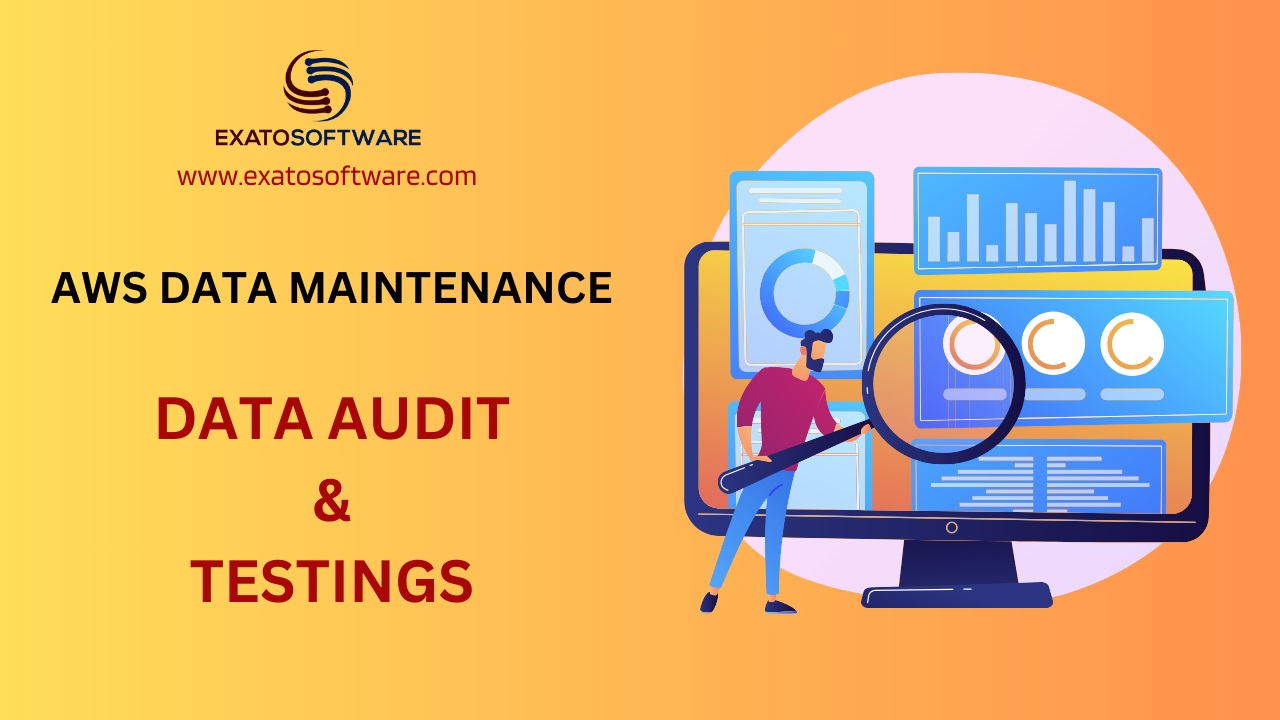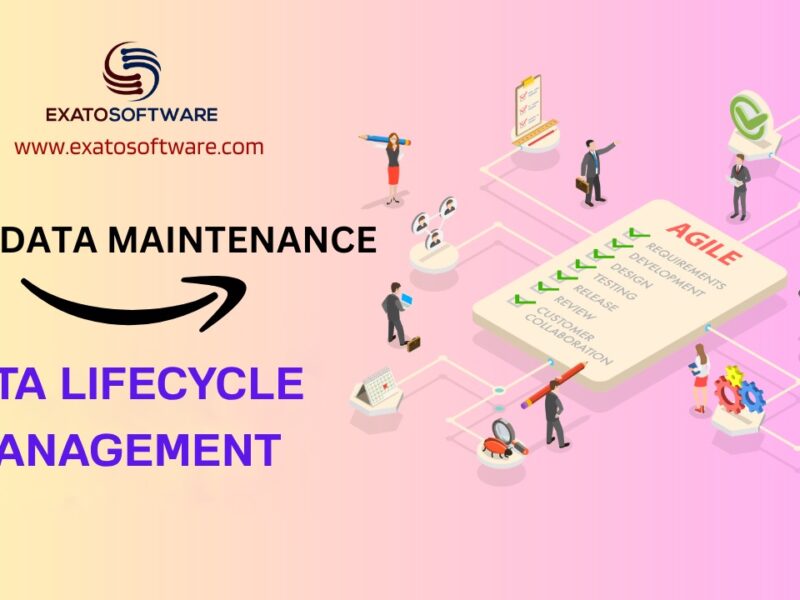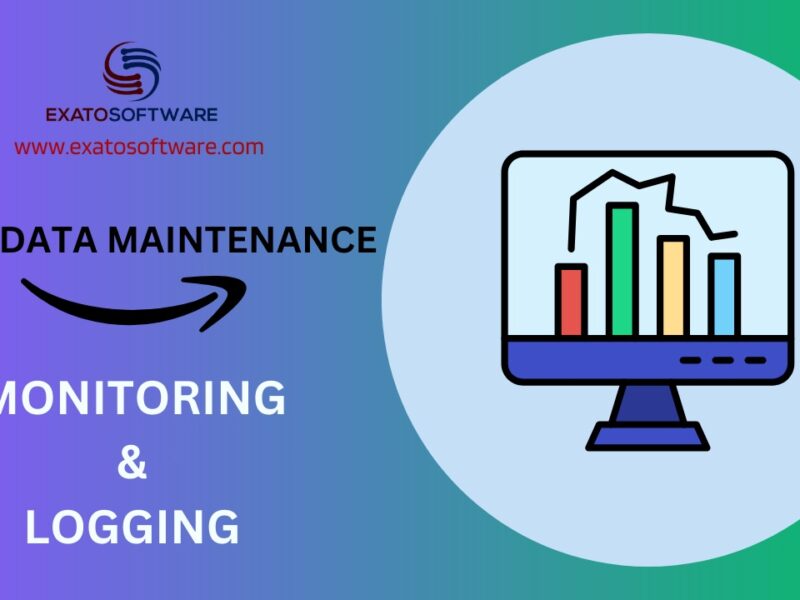Conducting a data audit and testing for maintaining data on AWS involves several key steps to ensure data integrity, security, and compliance.
1. Define Objectives and Scope:
– Clearly define the objectives of the data audit and testing process.
– Determine the scope of the audit, including the AWS services and data sources to be assessed.
Example: Objective – Ensure compliance with GDPR regulations for personal data stored on AWS. Scope – Audit all databases and storage buckets containing customer information.
2. Inventory Data Assets:
– Identify all data assets stored on AWS, including databases, files, logs, and backups.
– Document metadata such as data types, sensitivity levels, ownership, and access controls.
Example: Identify databases (e.g., Amazon RDS instances), storage buckets (e.g., Amazon S3), and log files (e.g., CloudWatch Logs) storing customer data, including their types (e.g., names, addresses, payment details), sensitivity levels, and ownership.
3. Assess Data Quality:
– Evaluate the quality of data stored on AWS, including completeness, accuracy, consistency, and timeliness.
– Use data profiling and analysis tools to identify anomalies and discrepancies.
Example: Use data profiling tools to analyze customer data for completeness (e.g., missing fields), accuracy (e.g., erroneous entries), consistency (e.g., format discrepancies), and timeliness (e.g., outdated records).
4. Evaluate Security Controls:
– Review AWS security configurations, including Identity and Access Management (IAM), encryption, network security, and access controls.
– Ensure compliance with relevant standards and regulations such as GDPR, HIPAA, or SOC 2.
Example: Review IAM policies to ensure that only authorized personnel have access to sensitive data. Verify that encryption is enabled for data at rest (e.g., using AWS Key Management Service) and in transit (e.g., using SSL/TLS).
5. Review Data Governance Practices:
– Assess data governance policies and procedures, including data classification, retention, and deletion policies.
– Review data access and authorization processes to ensure appropriate permissions are enforced.
Example: Assess data classification policies to ensure that customer data is appropriately categorized based on its sensitivity level (e.g., public, internal, confidential). Review data retention policies to determine if customer data is retained only for the necessary duration.
6. Perform Compliance Checks:
– Conduct compliance assessments against industry standards and regulations applicable to your organization.
– Implement AWS Config rules or third-party compliance tools to monitor compliance continuously.
Example: Use AWS Config rules to check if encryption is enabled for all S3 buckets containing customer data. Perform periodic audits to ensure that the organization complies with GDPR requirements regarding data processing and storage.
7. Data Protection and Privacy Review:
– Evaluate mechanisms for data protection, such as encryption in transit and at rest, data masking, and tokenization.
– Ensure compliance with data privacy regulations, such as GDPR or CCPA, by reviewing data handling practices and consent mechanisms.
Example: Verify that sensitive customer data is pseudonymized or anonymized to protect privacy. Ensure that access controls are in place to restrict access to customer data to only authorized personnel.
8. Conduct Vulnerability Assessments:
– Perform vulnerability scans on AWS infrastructure and applications to identify security weaknesses.
– Remediate vulnerabilities promptly to mitigate potential security risks.
Example: Run vulnerability scans using AWS Inspector or third-party tools to identify security weaknesses in EC2 instances and other AWS resources. Remediate vulnerabilities such as outdated software versions or misconfigured security groups.
9. Test Disaster Recovery and Backup Procedures:
– Validate disaster recovery and backup procedures to ensure data resilience and availability.
– Perform regular backup tests and drills to verify recovery time objectives (RTOs) and recovery point objectives (RPOs).
Example: Simulate a scenario where a critical database becomes unavailable and verify the organization’s ability to restore data from backups stored in Amazon S3. Measure the time taken to recover and ensure it meets the organization’s RTO and RPO objectives.
10. Document Findings and Recommendations:
– Document audit findings, including identified issues, vulnerabilities, and areas for improvement.
– Provide recommendations for enhancing data security, compliance, and governance practices.
Example: Document findings such as unencrypted data storage and inadequate access controls. Provide recommendations such as implementing encryption and enforcing least privilege access.
11. Implement Remediation Actions:
– Prioritize and implement remediation actions based on the audit findings and recommendations.
– Monitor the effectiveness of remediation efforts to ensure issues are adequately addressed.
Example: Update IAM policies to enforce the principle of least privilege, ensuring that only necessary permissions are granted to users. Enable encryption for all relevant AWS services and enforce encryption policies.
12. Continuous Monitoring and Review:
– Establish mechanisms for continuous monitoring of data assets on AWS.
– Regularly review and update data audit and testing procedures to adapt to evolving threats and compliance requirements.
Example: Set up AWS CloudWatch alarms to monitor security-related events, such as unauthorized access attempts or changes to security group configurations. Regularly review audit logs and adjust security controls based on emerging threats or changes in compliance requirements.
By following these steps, organizations can effectively conduct data audits and testing to maintain data integrity, security, and compliance on AWS. Additionally, leveraging automation and AWS-native tools can streamline the audit process and enhance its effectiveness.



